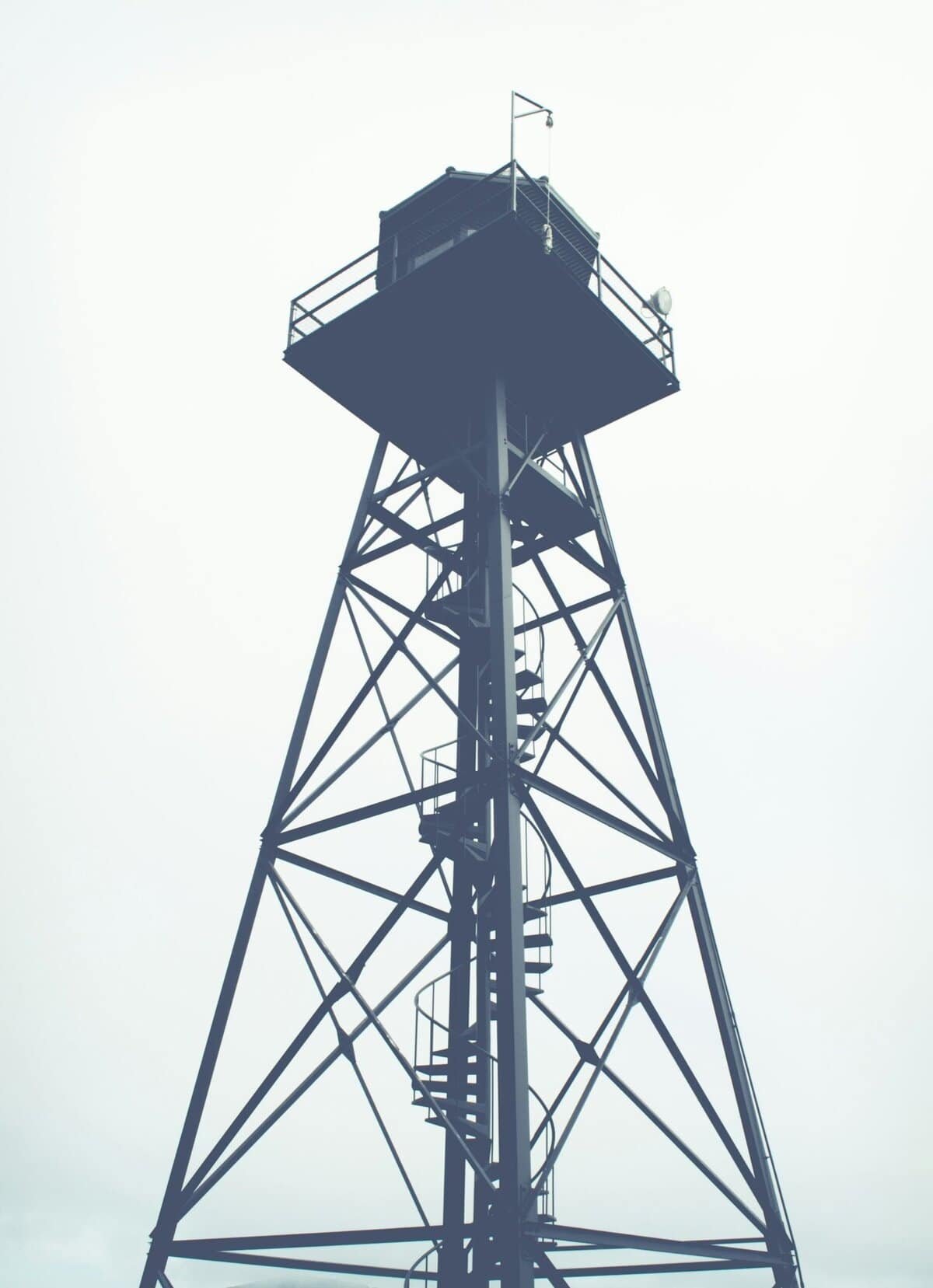Have you ever turned on your faucet expecting a powerful stream of water, only to be left with a disappointing trickle? If you’re relying on a well system, you’re not alone in facing occasional low water pressure issues. Understanding what causes these issues can be a key step in ensuring you maintain a consistent and reliable water flow in your home.

Understanding Well Water Systems
Before we delve into the common causes of low water pressure, let’s briefly discuss how well water systems work. Knowing the basic mechanics can help you troubleshoot any issues that arise.
How Does A Well Water System Work?
In essence, a well water system taps into groundwater and delivers it to your home. The primary components of this system include the well, the pump, the pressure tank, and the plumbing system. Your well, drilled into the ground, accesses a reliable water source. The pump then pulls this water from the well, delivering it to your home’s plumbing system. The pressure tank regulates the pressure, ensuring that when you turn a tap, water flows smoothly rather than spurting or dribbling out.
Types of Well Pumps
You may have a jet pump or a submersible pump. Jet pumps can be located above ground and use vacuum suction, while submersible pumps are installed deep within the well. Understanding which type you have is essential as each can experience different problems.
Common Causes of Low Water Pressure in Well Systems
There are several reasons why you might experience low water pressure. Let’s examine some of the usual suspects that can lead to this frustration.
Pump Size and Power
One of the primary causes can be an incorrectly sized or underpowered pump. If the pump isn’t strong enough to push water through your pipes effectively, you’ll likely experience low pressure.
Evaluate Your Pump’s Capability
Consider the depth of your well and the distance to your home. A professional assessment can help determine if your pump meets your household’s water demands adequately.
Pressure Tank Problems
The pressure tank in your system maintains water pressure and stores readied water. Problems here can directly affect your water flow.
Inadequate Tank Pressure
If the pressure tank experiences problems such as leaks, you might notice a sudden pressure drop. A pressure gauge can help monitor this, ensuring it’s set within the recommended range, usually between 40-60 psi.
Clogged Pipes and Fixtures
Clogs within your pipes and fixtures can also result in diminished water pressure. This is especially likely if you notice low pressure at only one or two outlets in your home.
Buildup and Blockages
Sediment, minerals, and debris can accumulate within your pipes over time, especially if your water has a high mineral content (hard water). Regular cleaning and maintenance can help prevent these blockages from becoming severe.
Well Problems
The well itself might be the root cause of your water woes, particularly if it’s running dry or experiencing other issues.
Diminished Water Table
If your area is experiencing drought or if the water table has dropped, your well might not have sufficient water to supply your home, leading to reduced pressure.
Leaks in the System
Water leaking from any part of the plumbing or well system can escape unnoticed, causing low pressure.
Identifying Leaks
A thorough inspection of your property for signs of water accumulation or unusually lush vegetation can help detect leaks. Regular maintenance checks typically reveal hidden issues.

Solutions to Improve Well Water Pressure
Understanding the cause of low pressure is the first step toward a solution. Here are some approaches you can take to improve your water pressure.
Upgrade Your Pump
An upgrade might be necessary if your current pump cannot meet your demands. A more powerful pump can push more water at higher pressures, which means a stronger flow in your faucets.
Regular Maintenance Check
Having a routine maintenance plan can preempt problems before they start, ensuring your system’s components function optimally.
Inspect and Replace Components
Regularly check your system’s pressure settings, pump, and pressure tank for any signs of wear or malfunction. Replace parts as needed to avoid unexpected failures.
Clean or Replace Pipes
Consider cleaning or replacing heavily clogged pipes, especially if you identify specific areas of your home affected by low pressure.
Install a Pressure Booster
If your home requires more pressure than your system can provide, installing a pressure booster can help. It increases pressure after water enters your house, providing more consistent flow to your taps.
Address Well Depth and Water Table Issues
For well-related issues, deepening your well or drilling a new one might be necessary if the water table has permanently dropped.

When to Call a Professional
While some of these tasks can be handled on your own, it’s often wise to call in expert help, especially if problems persist or worsen. Professionals can assess complex situations and offer solutions that fit your specific system and needs.
Benefit of Expert Analysis
Well system professionals can conduct thorough inspections, recommend suitable upgrades, and ensure everything is installed and functioning correctly. They have the tools and experience to diagnose issues beyond simple surface problems.

Conclusion
Low water pressure in a well system can be a nuisance, but with a clear understanding of the potential causes and solutions, you can quickly restore your water pressure. Regular maintenance, timely upgrades, and professional consultations are your best bet for a reliable water system that serves your home’s needs. By being proactive, you can enjoy the strong, steady water flow you expect every time you turn on the faucet.

